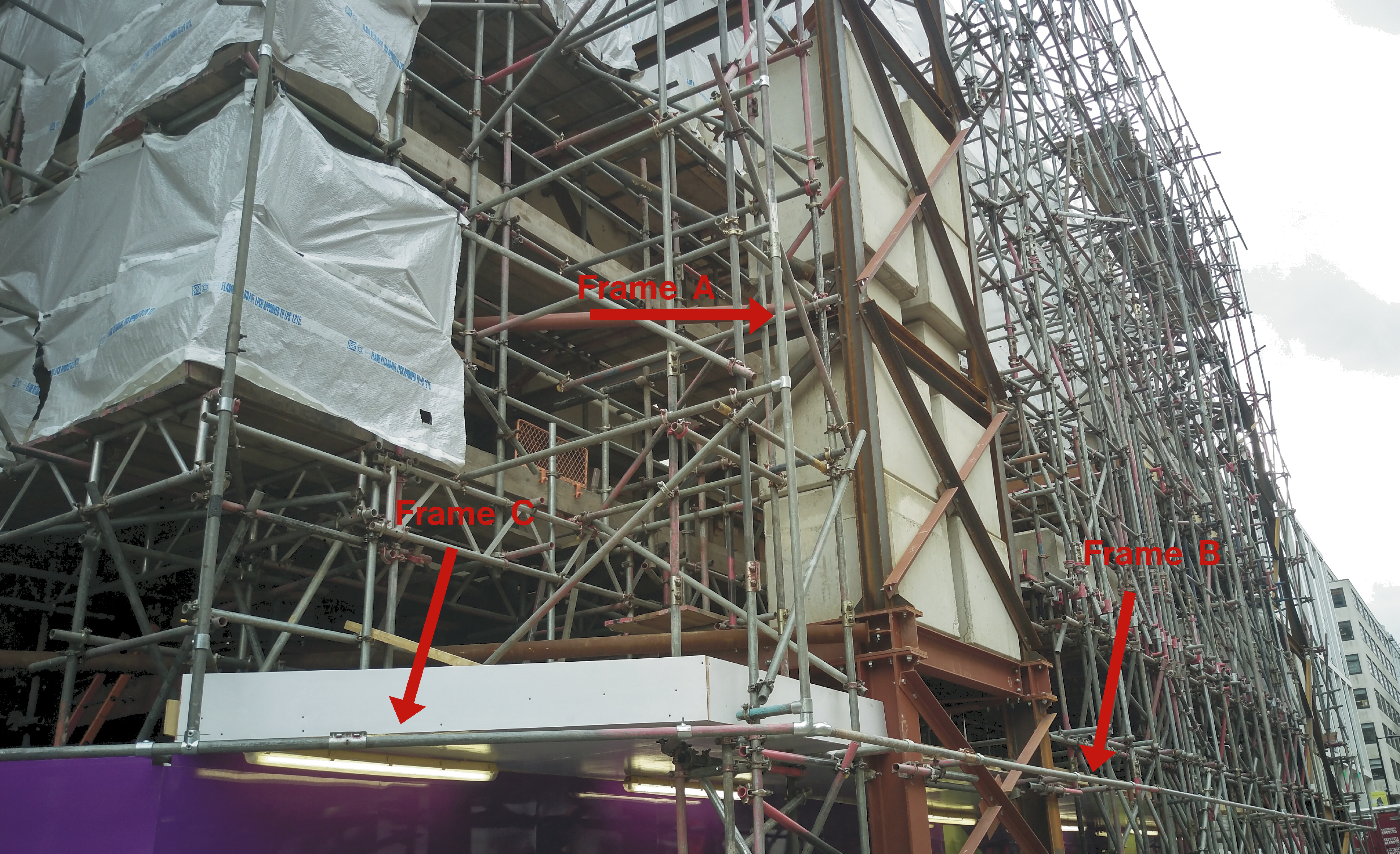How to get scaffolding prepared for Building wrap
Contents |
[edit] Introduction
Perhaps the hardest part of wrapping a building is getting the scaffolding ready and safe for the building wrapping installation.
The scaffolding can only be designed and erected by a qualified scaffolding contractor, who, if necessary, will have access to engineers to calculate wind loads and so on. These wind load calculations are very important, otherwise winds could pull the scaffold structure down.
Getting the scaffolding designed to accommodate the building wrap from the beginning is very important. Trying to modify the scaffolding structure once it has been erected is expensive and sometimes is not possible.
For more information on scaffolding contractors please visit NASC (National Access & Scaffolding Confederation www.nasc.org.uk) which is recognised as the national trade body for access and scaffolding in the UK, producing a wide range of industry guidance for scaffolding contractors, their operatives and their clients. Members of the NASC are strictly regulated to ensure a continuous high standard of scaffolding practice.
[edit] How to wrap a building
The building wrap needs to be installed onto a picture-frame scaffold structure which projects about 300mm further than the last projected pole of the main scaffolding. This will allow the building wrap banner to move back and forth in the wind without fouling on any poles. Projecting scaffold poles should also be capped to cover sharp ends. If any part of the building wraps banner fouls on anything it will eventually wear though and the banner integrity will be compromised.
For more information see: Building wraps.
[edit] Related articles on Designing Buildings Wiki
- Building wraps.
- CDM.
- Debris netting.
- Demolition.
- Facade retention.
- How to remove scaffolding.
- Rubble chute.
- Scaffold register.
- Temporary works.
- Types of crane.
- Types of scaffolding.
- Work at height.
- Work at height checklist for managers.
- Work at height regulations.
- Working platform.
[edit] External references
- BS5975:2008 + A1: 2001 Code of Practice for Temporary Works Procedures and the Permissible Stress Design of Falsework (BSI 2011).
- The National Access And Scaffolding Confederation (NASC).
- Scaffolding Safety Tips
- Building wrap specialist: Project Print Management
Featured articles and news
RTPI leader to become new CIOB Chief Executive Officer
Dr Victoria Hills MRTPI, FICE to take over after Caroline Gumble’s departure.
Social and affordable housing, a long term plan for delivery
The “Delivering a Decade of Renewal for Social and Affordable Housing” strategy sets out future path.
A change to adoptive architecture
Effects of global weather warming on architectural detailing, material choice and human interaction.
The proposed publicly owned and backed subsidiary of Homes England, to facilitate new homes.
How big is the problem and what can we do to mitigate the effects?
Overheating guidance and tools for building designers
A number of cool guides to help with the heat.
The UK's Modern Industrial Strategy: A 10 year plan
Previous consultation criticism, current key elements and general support with some persisting reservations.
Building Safety Regulator reforms
New roles, new staff and a new fast track service pave the way for a single construction regulator.
Architectural Technologist CPDs and Communications
CIAT CPD… and how you can do it!
Cooling centres and cool spaces
Managing extreme heat in cities by directing the public to places for heat stress relief and water sources.
Winter gardens: A brief history and warm variations
Extending the season with glass in different forms and terms.
Restoring Great Yarmouth's Winter Gardens
Transforming one of the least sustainable constructions imaginable.
Construction Skills Mission Board launch sector drive
Newly formed government and industry collaboration set strategy for recruiting an additional 100,000 construction workers a year.
New Architects Code comes into effect in September 2025
ARB Architects Code of Conduct and Practice available with ongoing consultation regarding guidance.
Welsh Skills Body (Medr) launches ambitious plan
The new skills body brings together funding and regulation of tertiary education and research for the devolved nation.
Paul Gandy FCIOB announced as next CIOB President
Former Tilbury Douglas CEO takes helm.
UK Infrastructure: A 10 Year Strategy. In brief with reactions
With the National Infrastructure and Service Transformation Authority (NISTA).
























